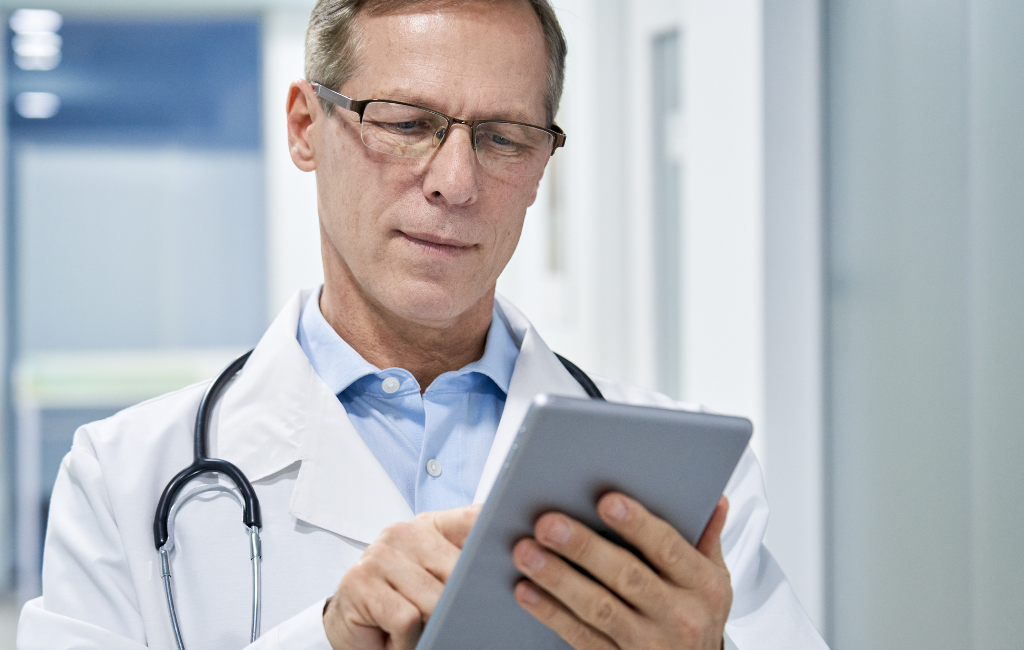Technology has played a significant role in scaling up home health operations by providing new and innovative ways to deliver patient care in their homes. One of the most valuable contributions of technology in this field has been the increased access to care through telehealth and remote monitoring technologies.
These technologies have allowed healthcare providers to reach more patients in remote or underserved areas, increasing access to care for those who may not have been able to receive it otherwise. Additionally, technology has enabled improved communication between healthcare providers, leading to more coordinated and effective care through the use of Electronic Health Records (EHRs) and mobile health apps.
Telehealth: Telehealth technology enables healthcare providers to monitor patients remotely and provide care through virtual consultations, reduce the need for in-person visits and increase access to care for patients in remote or underserved areas, improve patient outcomes by allowing for more frequent check-ins and earlier intervention for potential health issues, and reduce healthcare costs by eliminating the need for transportation and other expenses associated with in-person visits. A study by the American Medical Association (AMA) found that telehealth visits increased by 50% during the COVID-19 pandemic, and it is expected that telehealth will continue to grow in popularity in the future.
Remote Monitoring: Wearable devices and other remote monitoring technologies can be used to track patients’ vital signs and other health data, which can be used to identify potential health issues early and provide appropriate care.
Automation: Automation can be used to streamline various aspects of home health operations, such as scheduling, billing, and care coordination, freeing up staff time for more direct patient care. It can also improve efficiency and reduce errors, leading to better patient outcomes.
Electronic Health Records (EHRs): EHRs allow for the secure and efficient storage and sharing of patient medical information, reducing the need for paper records and improving continuity of care. According to a study by ONC (Office of the National Coordinator for Health Information Technology), using EHRs can reduce medication errors, improve communication between providers, and improve patient outcomes. EHRs can also improve communication between healthcare providers, allowing for more coordinated and effective care. Additionally, it can be used to track patient progress over time, making it easier to identify patterns and trends in patient health and tailor treatment plans accordingly.
Mobile Health Apps: Patients can be provided with mobile health apps that allow for symptom tracking, medication reminders, and other self-care functions that can improve patient outcomes and reduce the need for clinician-patient interactions.
In conclusion, technology has remarkably impacted home health operations by providing ingenious ways to deliver care to patients in their homes. The use of technology has allowed for more effective and efficient delivery of care in the home setting, making it possible to reach more patients. As technology continues to advance, we will likely see new and innovative ways in which it can be used to scale up home health operations and improve the quality of care for patients.

